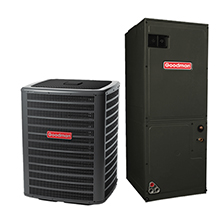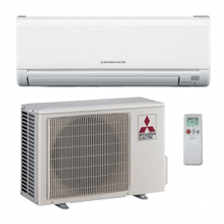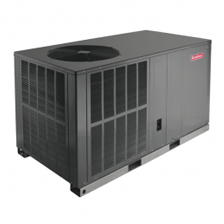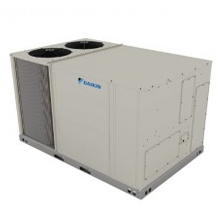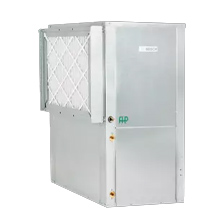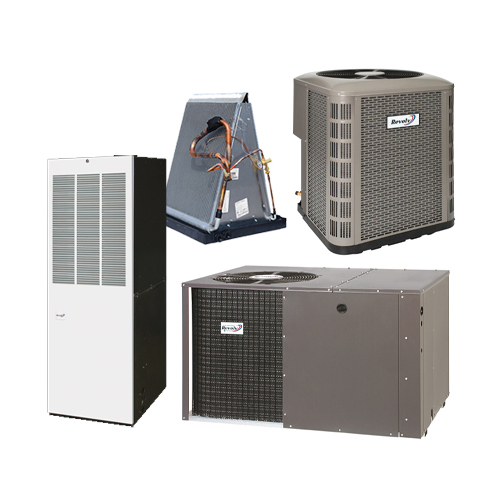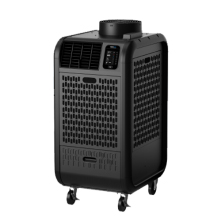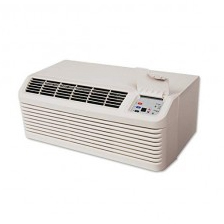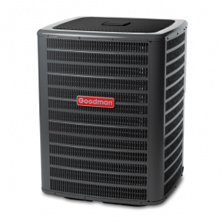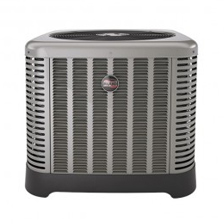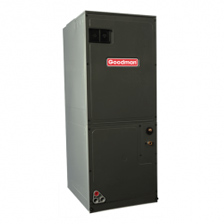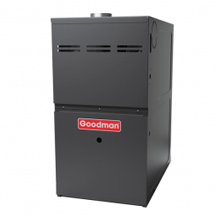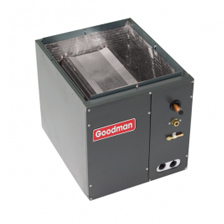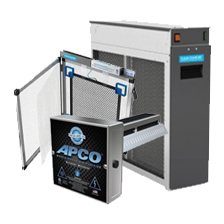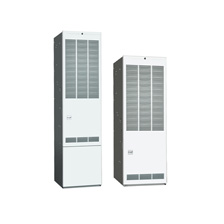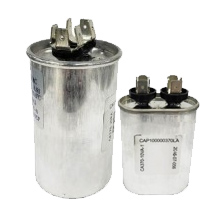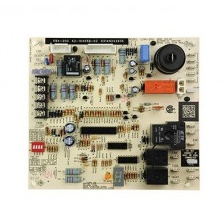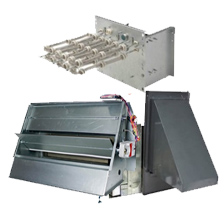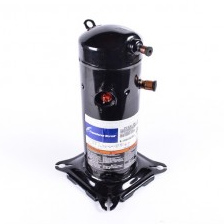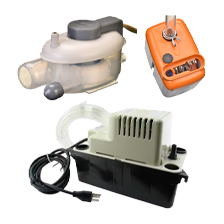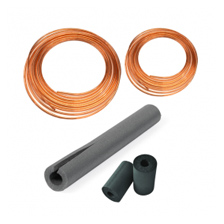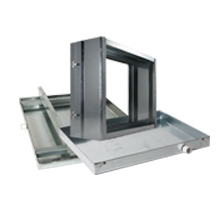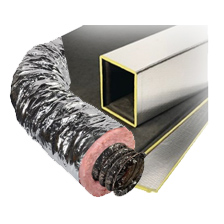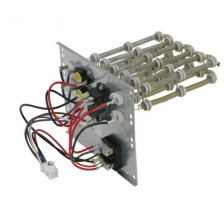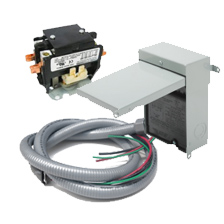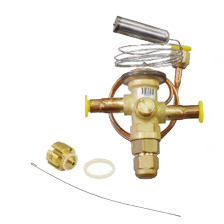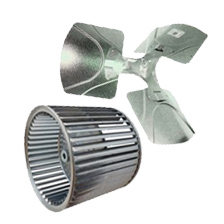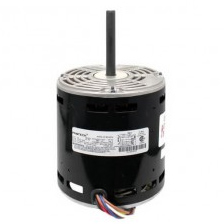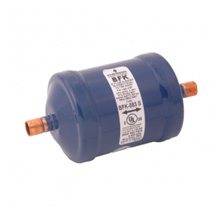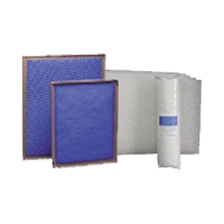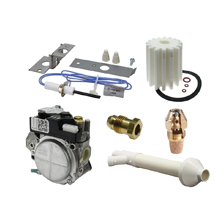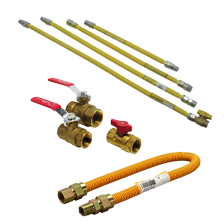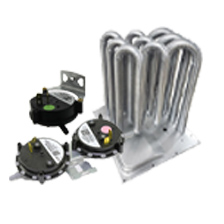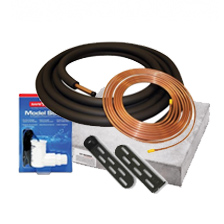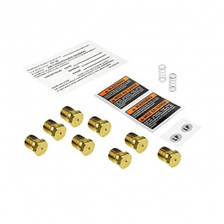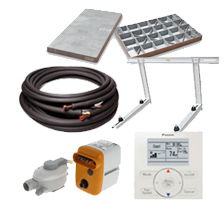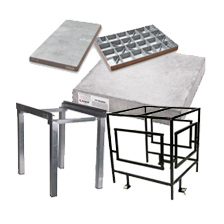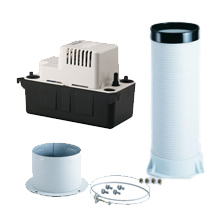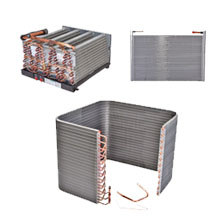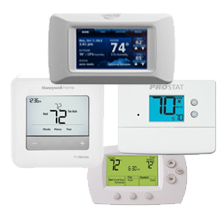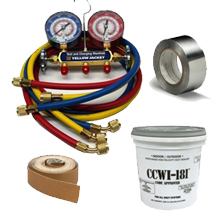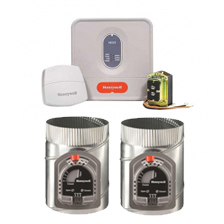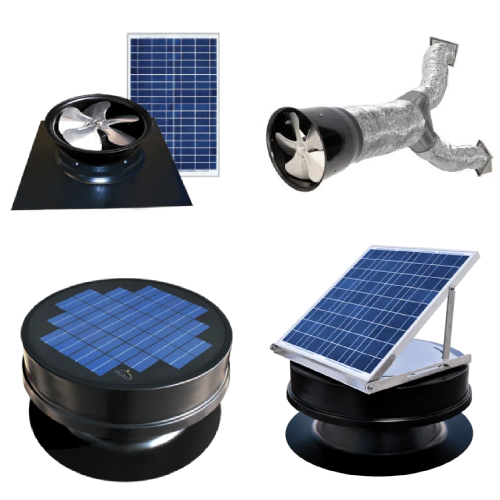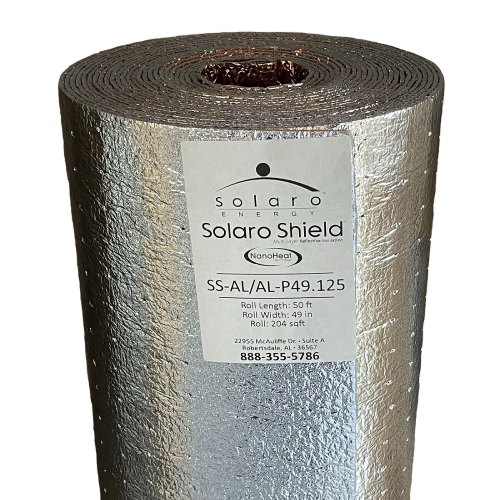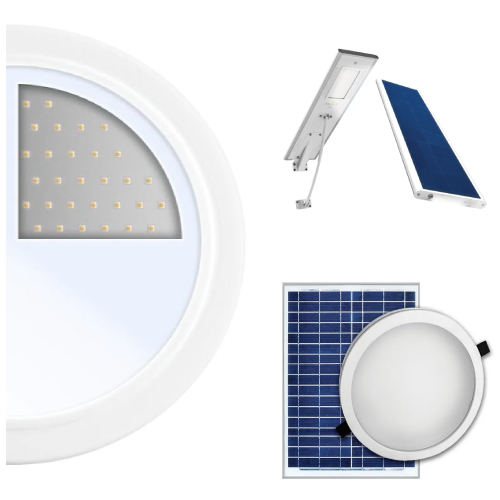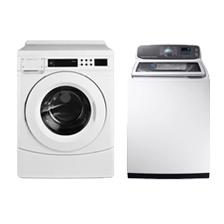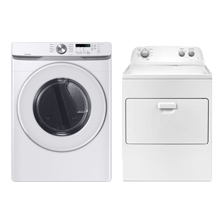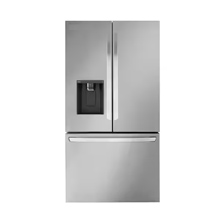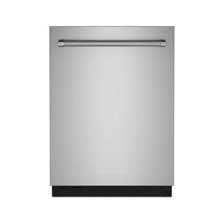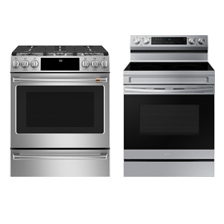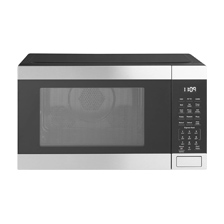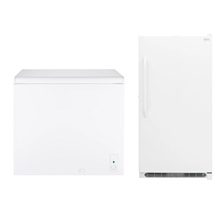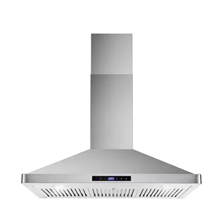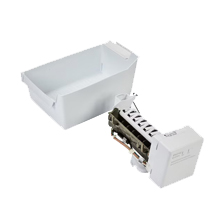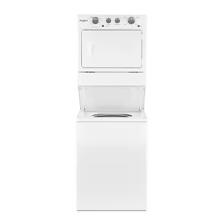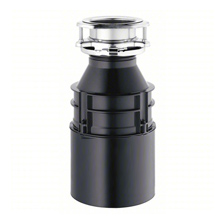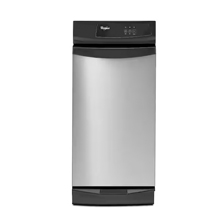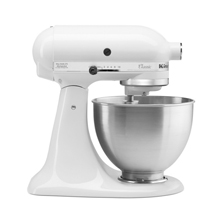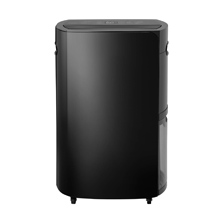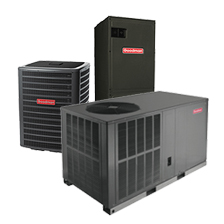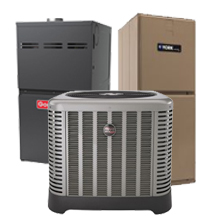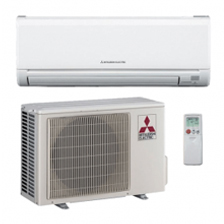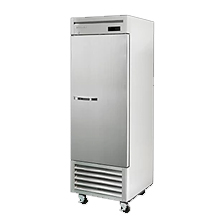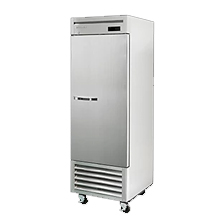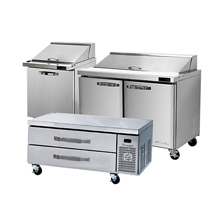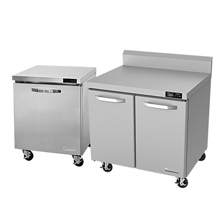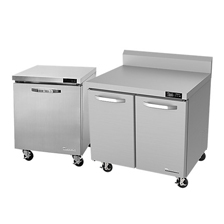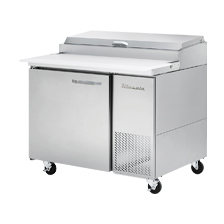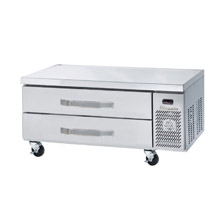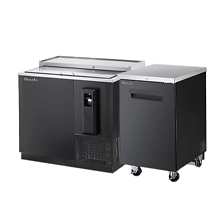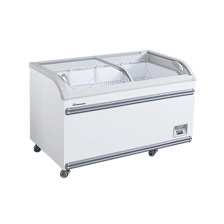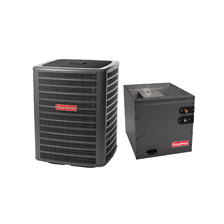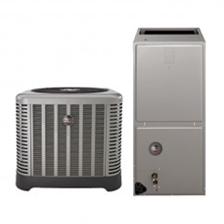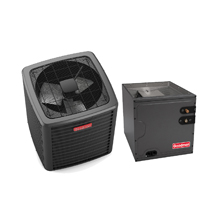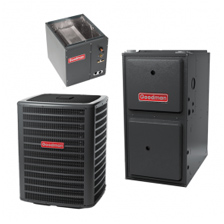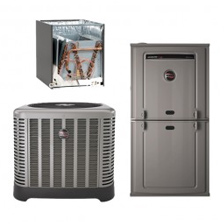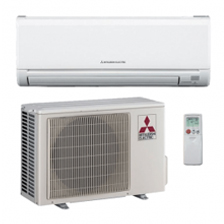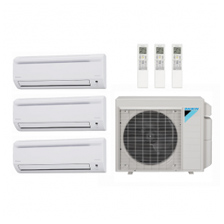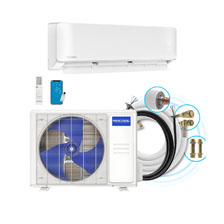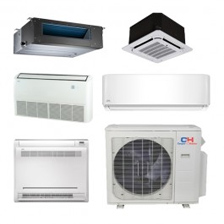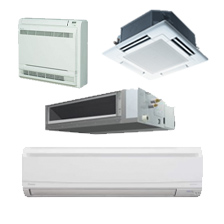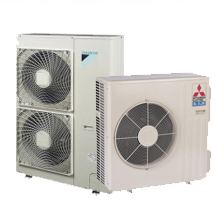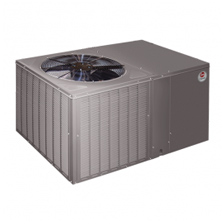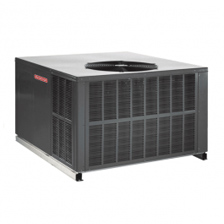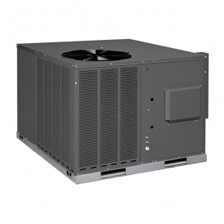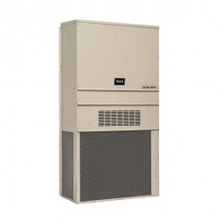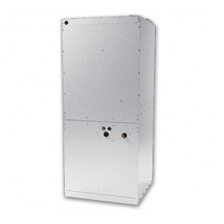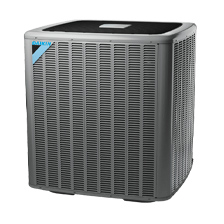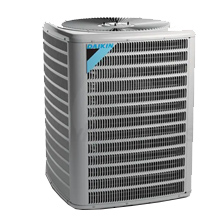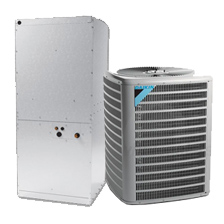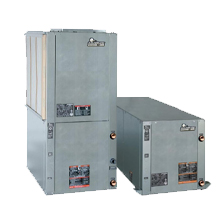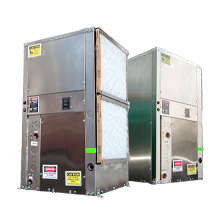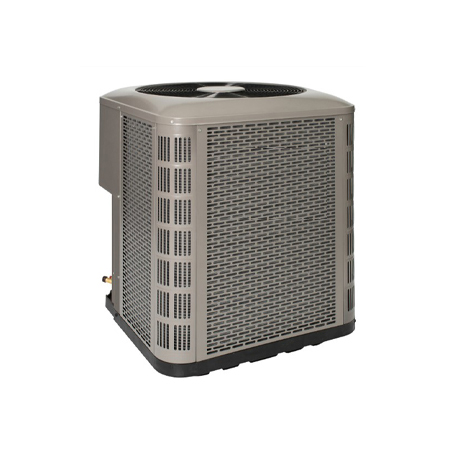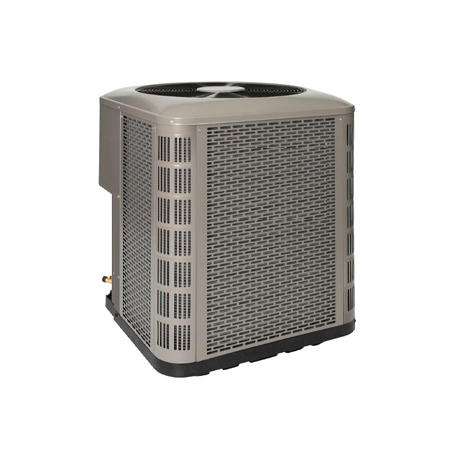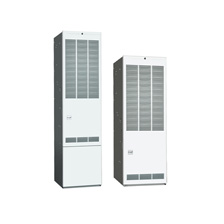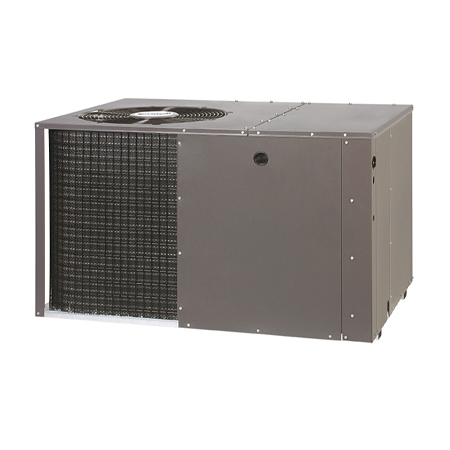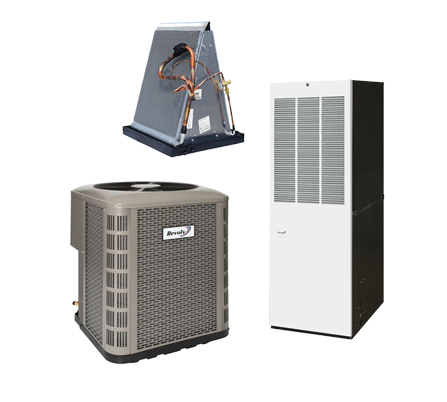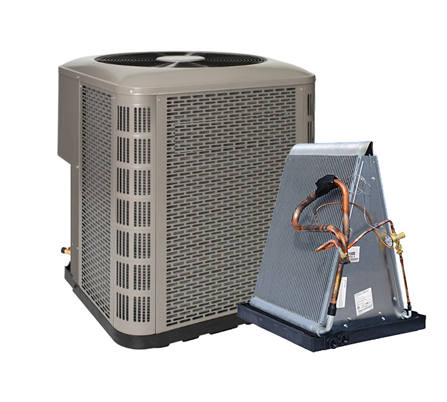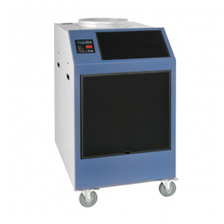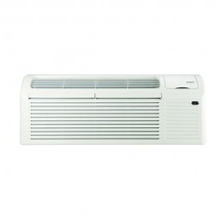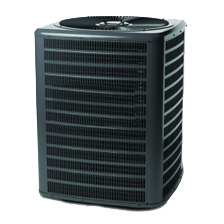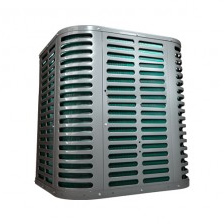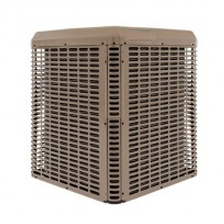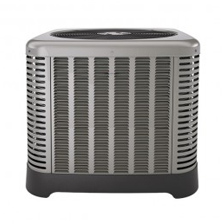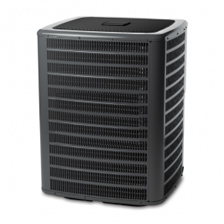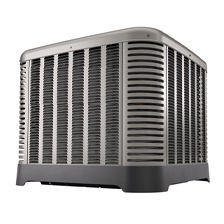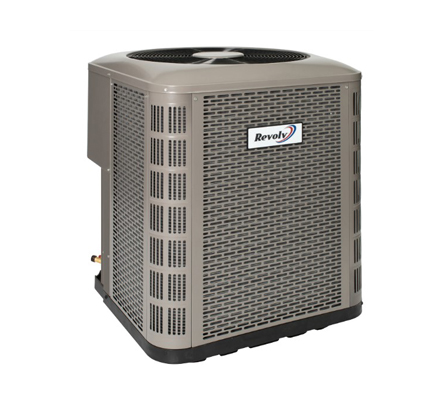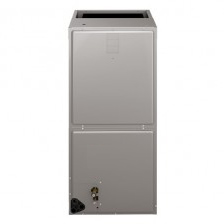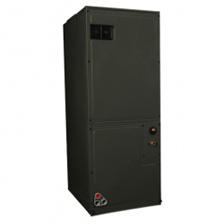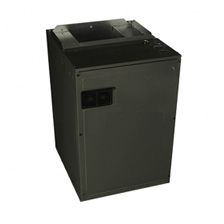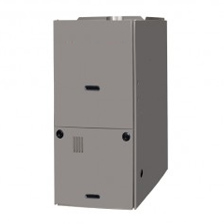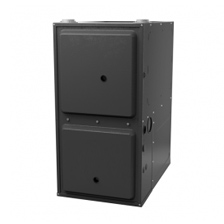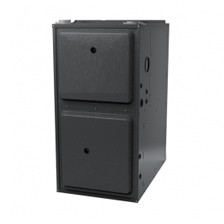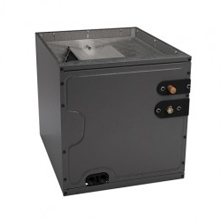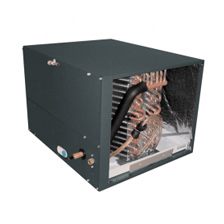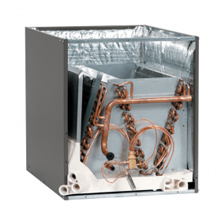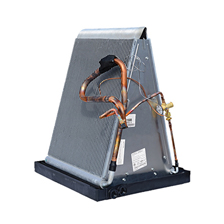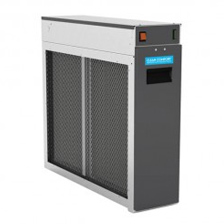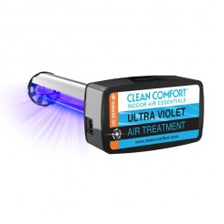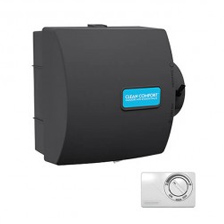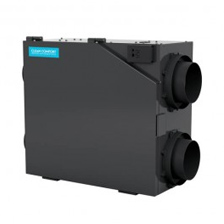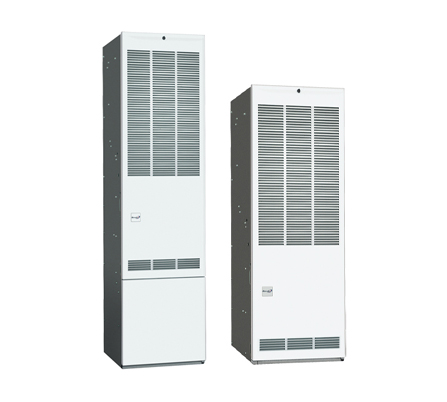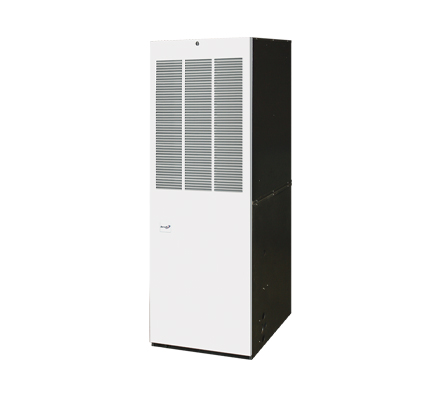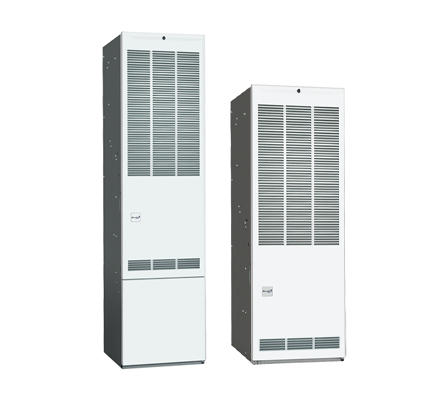- Order Online or Call
-
 (888) 474 - 9966
(888) 474 - 9966
-

-
Mon - Fri 9:00am - 3:00am EST - Se Habla Español
Sat - Sun 9:00am - 6:00pm EST
“Your Trusted Online HVAC Wholesaler for Over 15 Years”
-
December 04, 2025
Homeowners seeking to reduce energy costs and environmental impact are increasingly turning to geothermal heat pumps. A geothermal HVAC system provides reliable, year-round heating and cooling, with numerous advantages over traditional HVAC equipment. From energy-saving HVAC efficiency to an eco-friendly heating system, geothermal units are a smart investment for modern homes. The AC Outlet specializes in installing premium ClimateMaster Tranquility SC units, such as the 5 Ton R-454B Cupronickel Vertical Water Source Heat Pump (Model: SCT060AJC3ZC0PS), ensuring optimal performance and long-term savings.
-
November 25, 2025
Geothermal heat pumps have become a revolutionary solution for homeowners and businesses seeking energy-efficient, cost-effective, and eco-friendly heating and cooling systems. A geothermal HVAC system harnesses the earth's natural heat, providing reliable year-round comfort while significantly reducing utility bills. This comprehensive guide explores the benefits of geothermal heat pumps, outlines the installation process, and helps homeowners understand the associated costs and considerations. For expert guidance and installation, The AC Outlet is a trusted provider in delivering top-quality geothermal solutions.
-
November 21, 2025
Understanding how geothermal heat pumps work is essential for homeowners looking to invest in energy-efficient heating and cooling systems. Unlike conventional HVAC systems that rely on fossil fuels or air-source heat exchange, a geothermal heat pump system harnesses the stable temperature of the earth to provide consistent comfort year-round. The AC Outlet specializes in installing high-quality geothermal systems, including premium units from ClimateMaster, ensuring maximum efficiency and reliability.
-
October 04, 2025
Choosing the right furnace is one of the most critical decisions a homeowner can make for comfort, energy efficiency, and cost savings. With the heating season approaching, selecting a Rheem furnace that aligns with your home size and budget can make all the difference in utility bills and indoor comfort. From gas furnaces to high-efficiency models, understanding the options available is essential to make an informed decision.
-
October 04, 2025
Choosing the right heating system is one of the most important decisions a homeowner can make. The right solution not only keeps a property warm during harsh winters but also affects monthly utility bills, long-term maintenance, and even environmental impact. With several options available—furnaces, heat pumps, boilers, and mini split systems—it’s important to understand how each works and which one best suits different needs. This guide explores how popular heating equipment options compare, explains their costs, and offers practical advice to help homeowners make the right choice.
-
September 30, 2025
Ductless mini split systems, often referred to as mini split systems or minisplit systems, have revolutionized modern climate control. Unlike traditional HVAC equipment that relies on ductwork, ductless systems provide efficient, targeted heating and cooling for individual rooms or zones. Their flexibility, energy efficiency, and quiet operation make them ideal for residential and commercial spaces alike. Understanding how ductless mini split systems work is crucial for homeowners and contractors looking to optimize comfort, reduce energy costs, and make informed investment decisions. This comprehensive guide explores the components, operation, advantages, installation, and cost considerations of ductless mini split systems.
-
September 30, 2025
Mini split systems, also called ductless mini-split systems, have become one of the most versatile and energy-efficient options for modern heating and cooling. Homeowners and businesses alike are drawn to these systems for their ability to deliver targeted comfort, reduce energy costs, and provide flexibility in spaces without ductwork. Understanding how much mini split systems cost is essential for budgeting, planning installation, and comparing them to traditional HVAC equipment. Whether you are looking for a single-room solution or a multi-zone system for an entire house, this guide will break down the factors affecting pricing, installation considerations, and long-term value.
-
September 30, 2025
Mini split systems, also called ductless mini-split systems, have become one of the most efficient and versatile options in modern home and commercial climate control. Sometimes referred to as minisplit systems, these units offer a modern alternative to traditional HVAC equipment, delivering targeted heating and cooling directly to specific rooms or zones. This makes them ideal for homeowners seeking comfort, energy efficiency, and flexibility, especially in homes without existing ducts or in spaces where extending ductwork is impractical. As energy costs rise and homeowners prioritize environmentally friendly solutions, mini split systems provide reliable, low-maintenance performance. With features like inverter technology, zoning capabilities, and quiet operation, these systems deliver personalized comfort while reducing energy consumption.
-
September 04, 2025
When readers explore how to choose the right HVAC Equipment, they’re seeking guidance on selecting systems that deliver comfort, efficiency, and long-term reliability. Choosing the appropriate HVAC Equipment involves understanding system types such as heat pumps, furnaces, split systems, mini-splits, central air, geothermal, and dual-fuel setups. From climate considerations and energy ratings like SEER and HSPF to proper sizing via Manual J load calculations, the decision impacts utility costs and indoor comfort profoundly. This article guides homeowners and business managers through each step of the selection process, providing clarity and confidence in choosing ideal HVAC systems.
-
September 04, 2025
When homeowners consider HVAC equipment fundamentals, they dive into a world of systems that shape indoor comfort, energy efficiency, and air quality. HVAC Equipment plays a critical role in regulating temperature, humidity, and ventilation in a home. Readers must grasp both traditional essentials and smart, modern innovations—from furnaces to smart thermostats and energy recovery systems.






